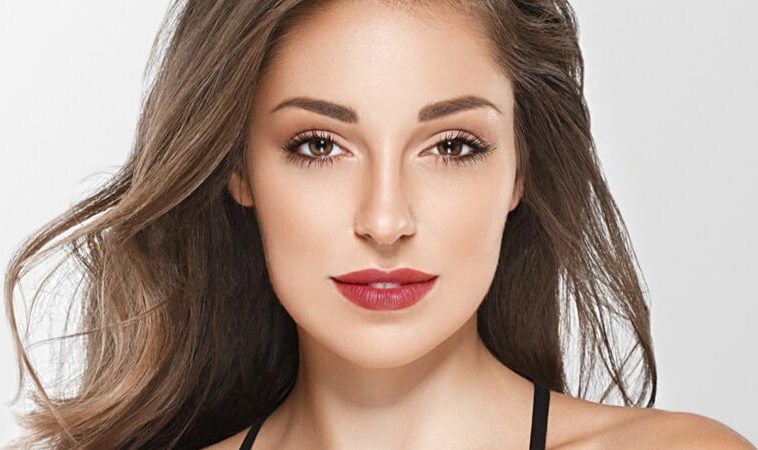
Tear Trough Treatment
Tear trough deformities can be challenging to treat with dermal fillers, but with proper injection technique and appropriate choice of fillers, physicians can master the rejuvenation of this delicate region. Ophthalmologists do “intricate and precise” every day, and treating patients with tear trough deformities—more accurately known as orbital rim hollows—can be an especially satisfying pursuit for someone with a keen interest in aesthetics.
Is Tear Trough / Undereye Correction for Me?
For many patients, both young and old, filler treatments to the under eye area are a safe and effective alternative to surgery. Many patients are unhappy with the shadows and depressions that occur under the eyes. This can be due to genetics, but is also a common sign of aging.
Versatile dermal fillers made of hyaluronic acid answer the needs for volume and structure with beautiful and natural-looking results that erase signs of aging almost instantly! While every client is different, our Master Providers have been trained to evaluate each clients unique traits such as degree of volume loss to determine the best filler possible to treat your tear troughs. We have a wide selection of fillers to choose from, which means you will get the best results possible! We use Fillers such as Restylane Refyne, Restylane Silk, Juvederm Vollure and more in the tear trough area. It’s best to speak with a Master Provider to determine which Filler would be best for you! The Tear Trough procedure is an ideal treatment for the following indications.
- Sunken eyes
- Dark circles under the eyes
- Tired looking eyes
- Eye bags
What to Expect and Down Time?
This area is very sensitive and best left to Radiant Divine’s advanced injectors. The majorities of complications from dermal fillers come from treating this area! Typically we use needles for most procedures; but prefer cannulas when filling the under eye area because this technique results in less bruising, bleeding, and swelling. Your downtime is minimized and the results are smoother and more even. Using a cannula results in only one entry point being made. The cannula is inserted on the subcutaneous layer of the skin and a side to side movement is used while injecting, causing little discomfort to you. Some clients even request using the cannula because it is more comfortable for them, and this is especially true for the under eye area. Since the cannula is longer and more pliable than a standard needle, your Master Provider can inject multiple areas with greater ease, from just one entry point. Being able to fill a greater area minimizes the trauma from having to reinject multiple times. Because of the sensitivity of this area there are some EXPECTED side effects below which is why it is extremely important to schedule your treatment with these in mind.
- Bruising – this is always a possibility with any cosmetic injectable. Although a cannula will ensure a reduction in this risk it is still highly likely. A bruise is just a bruise and will settle, in no way affecting the end result.
- Swelling– this is also common again due to the sensitivity of this area. It will normally settle within the first 48 hours but it does take up to 4 weeks for the filler to settle into the tissues properly and for the final result to be evident.
- Asymmetry– everybody (well most of us mere mortals) is asymmetrical and have more or less volume loss on one side of our faces. This is especially true for the tear trough area. Although attempts at full correction will occur there may be small amounts of asymmetry that will be further corrected at the second treatment. Asymmetry can also occur due to different levels of swelling (this is true for ALL dermal filler treatments) and is why we do not do any further treatments until all swelling has settled after 4 weeks.
Do NOT panic if you have bruising or swelling after the treatment!

